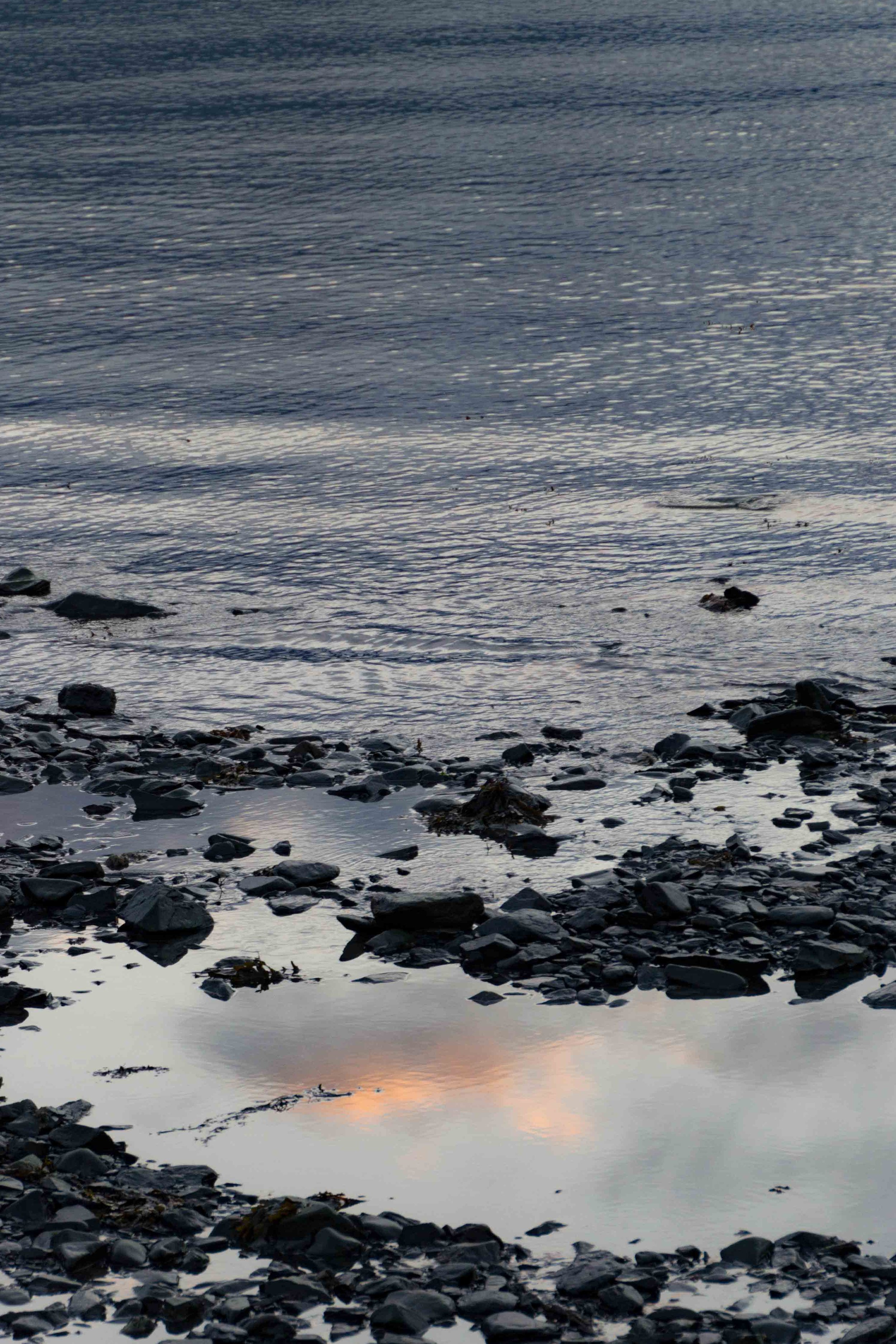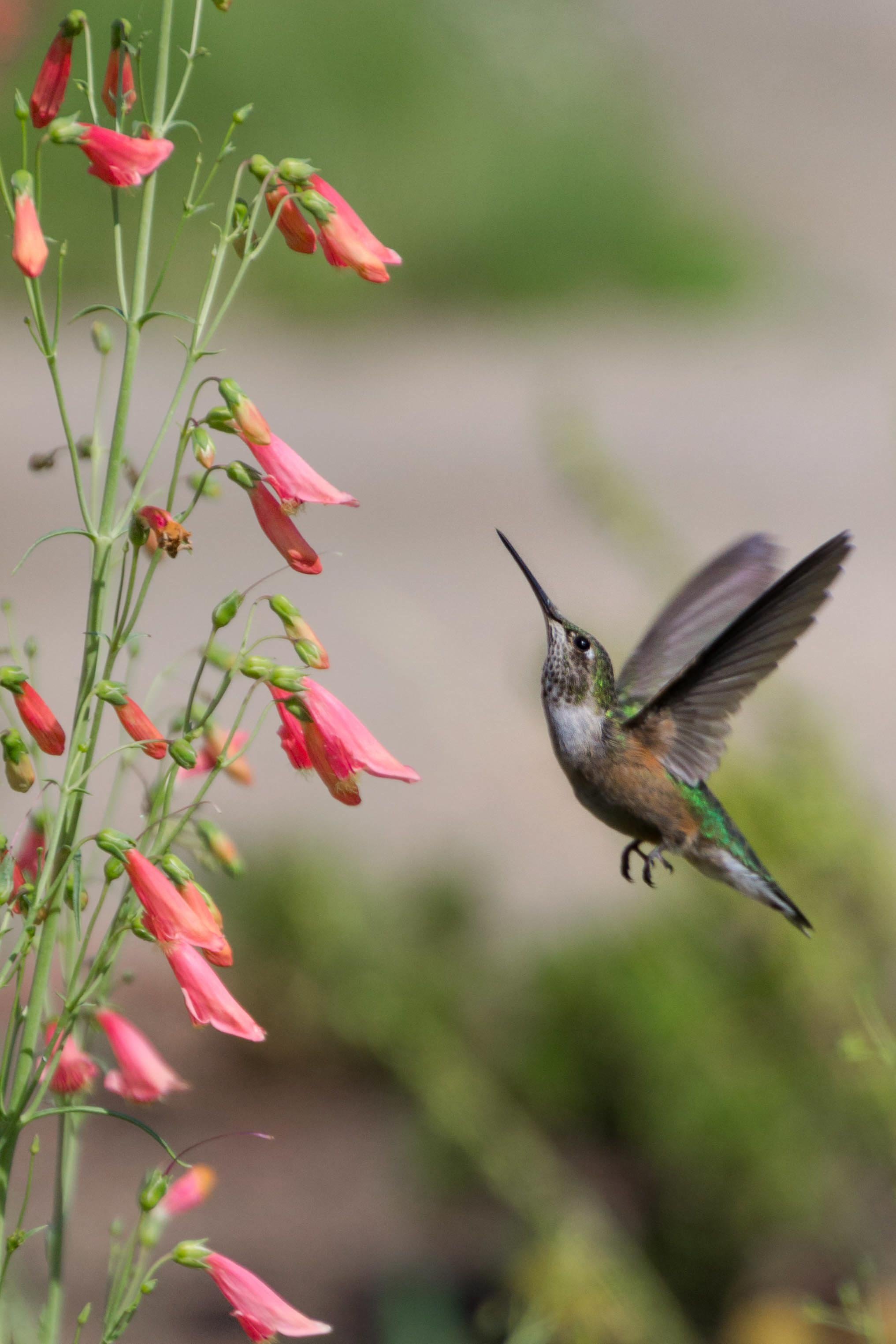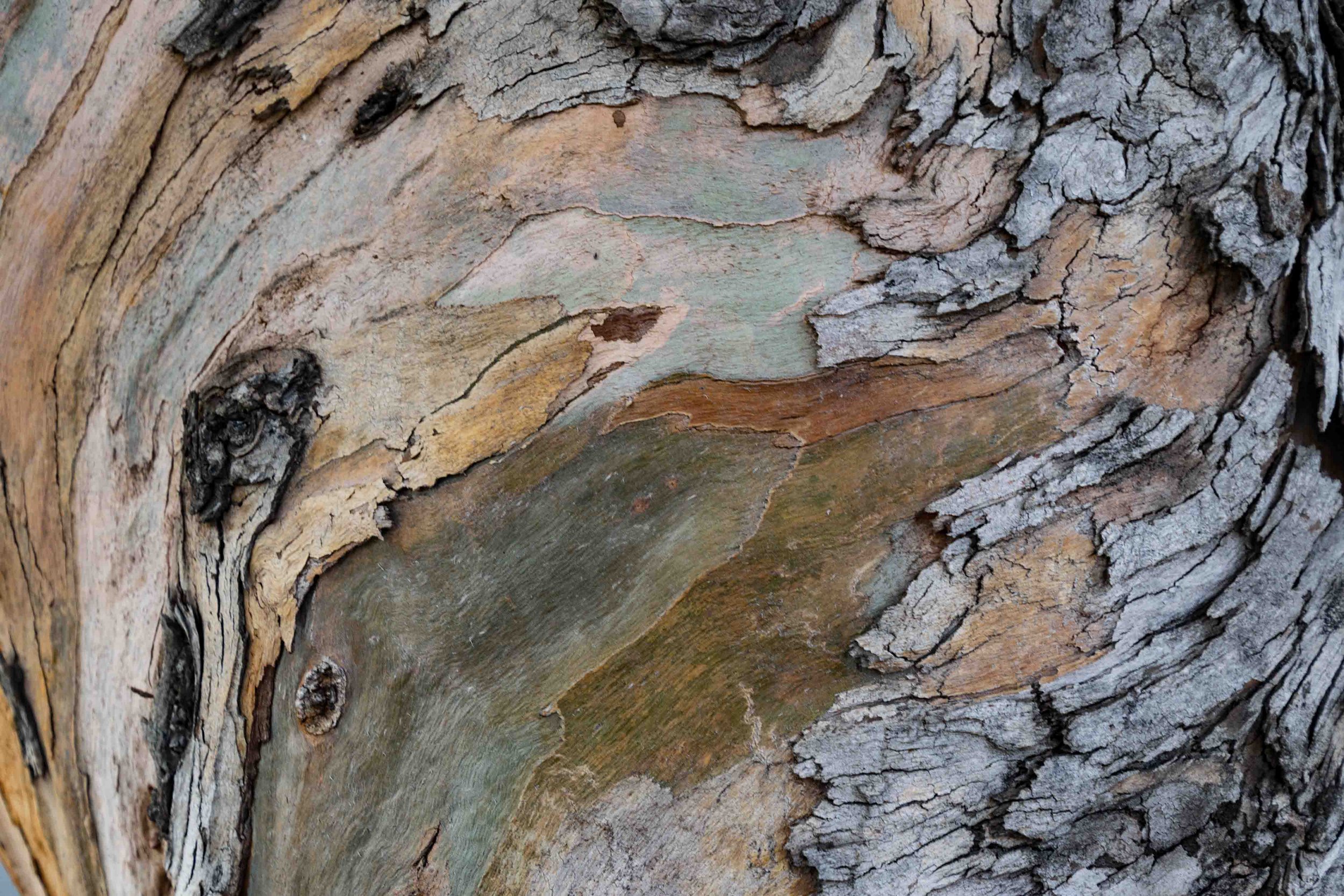Can we make the world a better place by design? Nicole Craanen definitely thinks so (and so do we). Nicole is founder of Rooted in Nature and believes that connection to nature, especially through Biophilic Design supports human wellbeing. Quoting E.O.Wilson “the crucial first step to survival in all our organisms is habitat selection. If you get the right place, everything else is likely to be easier”, she explores in this podcast, just how we are rediscovering how we can design close to nature to help create better spaces for us to live and work in, and this is especially true in healthcare.
Just how important is it that everyone understands the impact that design has on us? Should we be using biophilic design as a tool for equity? How can we design spaces where people “flourish”, because, as Nicole says, there is a lot of “not flourishing” going on.
We have many studies proving just how beneficial Biophilic Design is, which underlines that deep innate connection that we have to the space around us. All this research is helping us determine habitats that support us in the built environment. It is also helping advocate the environmental stewardship aspect of Biophilic Design as a sustainable design practice.
When she travelled to India, the experience shifted the way she looked at design. Her love of learning and specialisms in anthropology and architecture, alongside her love of photography, all came together in the school of human ecology at Wisconsin and she has gone on to inspire many architecture practitioners to see the interconnectivity of spaces and people in them.
Photos on this page, copyright Nicole Craanen
How are we not designing for the people who have to be there? In this podcast we also discuss Healthcare. What is the single most important reason we need Biophilic Design in these spaces? Stress. We need Biophilic Design to relieve stress. Nicole has spent many hours working in hospitals she says: “Hospitals are heavy places. It is the one place where the entire lifecycle is experienced. Staff experience stress alongside patients. She’s seen it where staff lose a patient and then have to turn around and go straight to the next room.” How can we relieve that?
Maybe one of the underused design traits is “prospect and refuge”. It is something, here at the JBD, we advocate. Creating spaces where, particularly in healthcare, emotion can come out. We want to be creating environments, where people can feel ‘held in space’. It’s not just the physical side, the economic side, we need to put at the forefront the emotional side of the space. There is a different way. We just need to feel it, to experience it, once we have, we don’t want to go back.
Nicole also takes architects and design practitioners into the forest, where (just as an anthropologist would do) she encourages people to look, observe, explore, not judge, just witness, to explore the senses. There are subtle shifts we then experience, and when we walk back into a building, we look at what’s missing.
To find out more about Nicole, visit her website: https://www.rootedinnature.org
If you like this, would you like to register for our newsletter? https://mailchi.mp/4001fc945c4f/untitled-page
Credits: with thanks to George Harvey Audio Production for the calming biophilic soundscape that backs all our podcasts.
Did you know our podcast is also on Audible, Amazon Music, Spotify, iTunes, YouTube, Stitcher, vurbl, podbay, podtail, and most if not all the RSS feeds?
Facebook https://www.facebook.com/journalofbiophilicdesign/
Twitter https://twitter.com/JofBiophilicDsn
LinkedIn. https://www.linkedin.com/company/journalofbiophilicdesign/
Instagram https://www.instagram.com/journalofbiophilicdesign








